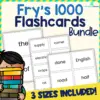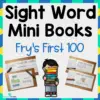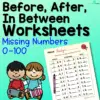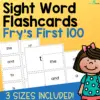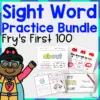It is critical to introduce children to gardening early in life. Many lessons could be reaped and learned from gardening. There are many ways to incorporate this topic in class, even without a backyard or a large outdoor area to plant.
Let children explore the wonders of growing plants in dirt and reaping the harvest later with these ten great garden activities.
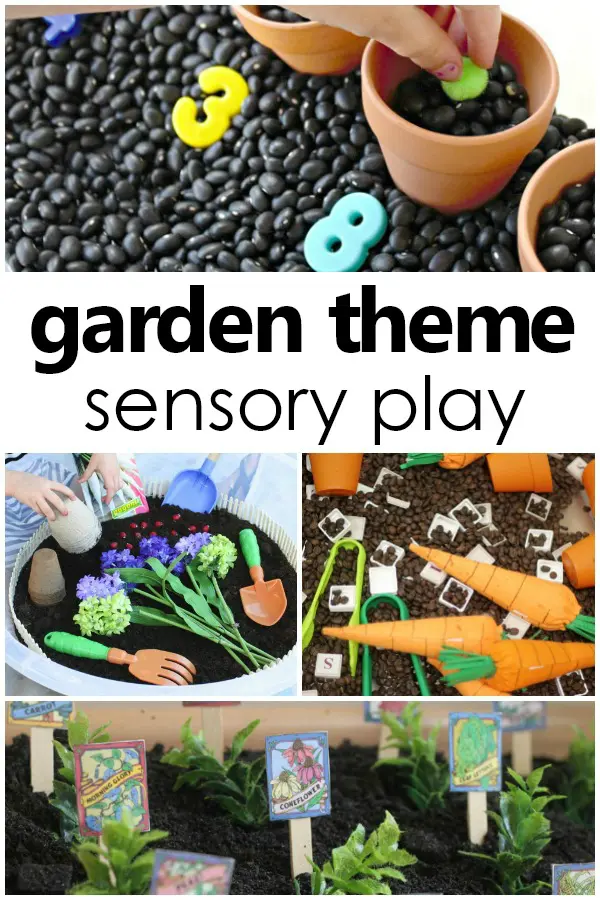
Gardening is a heavy sensory activity that children can highly benefit from. From the texture of the potting soil to the smell of the plants, there are many ways children can explore and learn.
Let children reap the benefits of gardening through set-ups for sensory play areas. The site recommends placing this outdoors to enable children to see how plants develop over time if using live plants.
Start with placing enough potting soil in a large container or bin. Place toy worms, seeds from packets, toy vegetables, and natural or fake plants. Let children play with these. They can dig up the worms and scoop out the soil in small pots.
Have children plant the seeds in the pots filled with soil or directly plant live ones, such as vegetable cuttings, on the soil. Let children use the spray bottle or watering can to keep the plants hydrated.
Allow children to observe the results of this activity after a few days. Let children note the changes that happened in the bin.
For this activity, you will need:
- Container
- Potting soil
- Watering can
- Spray bottle
- Toy worms
- Seed packets
- Kid-sized gardening tools
- Toy vegetables
- Plants
For more information on this activity, go to FantasticFunAndLearning.com.
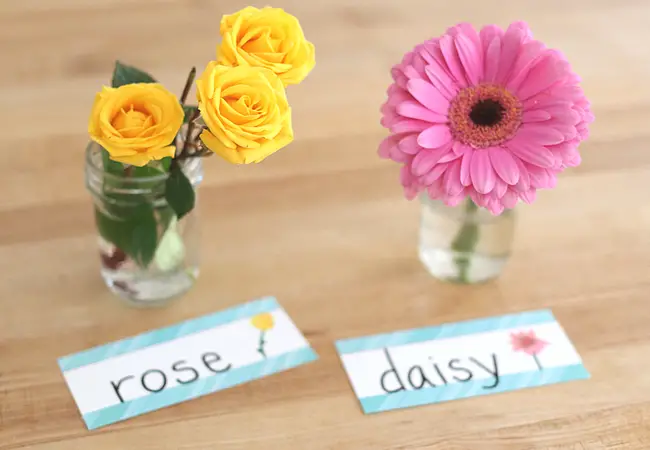
This activity combines circle time with math and science concepts in a sensory manner. Children will learn to make choices and vote for their preferred flower during circle time. They will use their sense of smell to make a choice.
First, prepare the chart for voting. On the top of a poster paper, write the question, “Which flower smells the best?” Next, make two columns using a marker. Write the names of the flowers in each column.
The site recommends using roses and daisies, but any scented flower available in your area can be used. Place each of the flowers in non-breakable jars.
Next, prepare the written names of the children for voting. Older children may directly write their names on the poster paper, but the younger ones, have their names already written on sticky notes.
During circle time, explain the task of smelling the flower and making their choice by placing or writing their names on the column with the preferred flower.
Next, have the children smell the flowers and cast their votes. Count the number of votes and declare the winner.
For this activity, you will need:
- Two types of flowers
- Poster paper
- Marker
- Names of children written on sticky notes
- Jar
For more information on this activity, go to NoTimeForFlashCards.com.
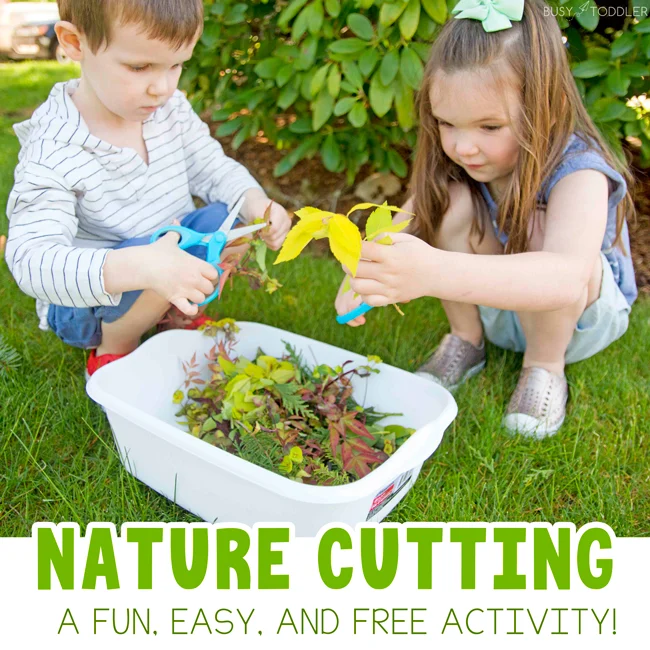
As described, this cutting activity inspired by nature is fun, easy, and accessible. This is an excellent activity during summer and fall when a good amount of garden scraps are ready to be thrown away.
Doing this activity regularly will allow children to develop their cutting skills while exploring nature. They can cut grass, fallen leaves, dried leaves, and small twigs.
Provide the correct type of scissors for the children to use. Give them a container to catch all their cuttings. Have children go around the backyard to choose the materials they will cut.
Another option is to go on a nature walk in the nearest park, collect leaves, and cut them. Allow children to explore with their senses the different texture, color, shape, and smell of leaves.
If available, have them cut different leaves of herbs, such as basil and rosemary. This will allow them to become familiar with these plants’ scents. Discarded flowers can also be used for this activity.
For this activity, you will need:
- Bin
- Scissors
- Garden scraps
For more information on this activity, go to BusyToddler.com.
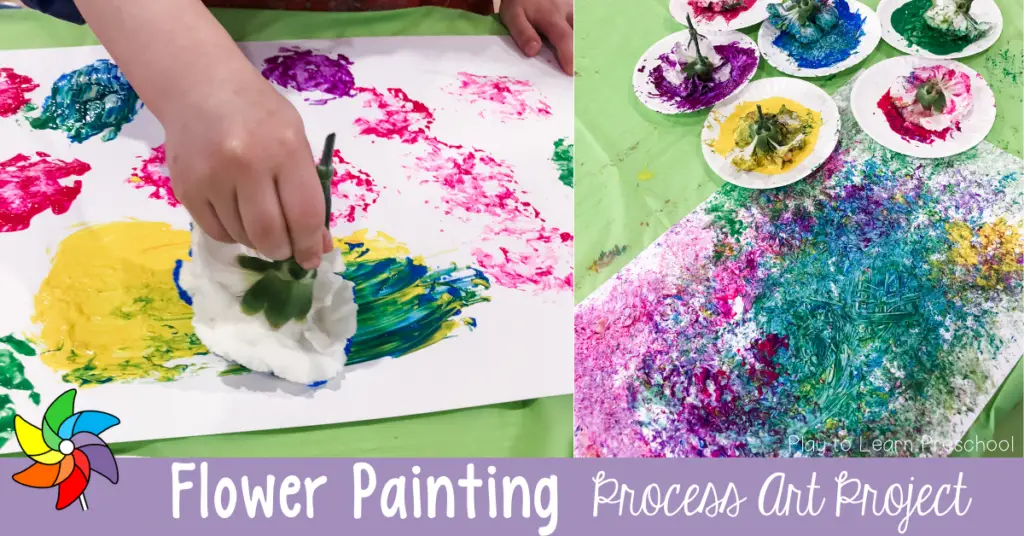
Trade the paintbrush for this nature-inspired process art activity. Use flowers to create stunning pieces of work of art. Use available flowers that are growing in abundance or cheap ones, if buying.
Using flowers instead of a paintbrush creates a different sensory experience for children. It will also help them improve their hand coordination as they use a softer painting implement. This will require skills as they spread the paint on paper.
This activity is also a great way to teach children about mixing colors. Show techniques such as lightening a pigment by adding white paint or creating a new color by combining two or more paints.
Squeeze a good amount of paint onto the paper plate. Use one paper plate per paint color. Next, prepare the flower for painting, and trim off the excess stem and other unnecessary parts, such as leaves and thorns.
Have the children dip the flowers in the paint and use them to add color to the cardstock. Children may stamp, brush, slide, and use different strokes and techniques to create layers of colors.
Once finished, allow the paint to dry before hanging them for an exhibit.
For this activity, you will need:
- Paper plates
- Paint
- White cardstock
- Flowers
For more information on this activity, go to PlayToLearnPreschool.us.
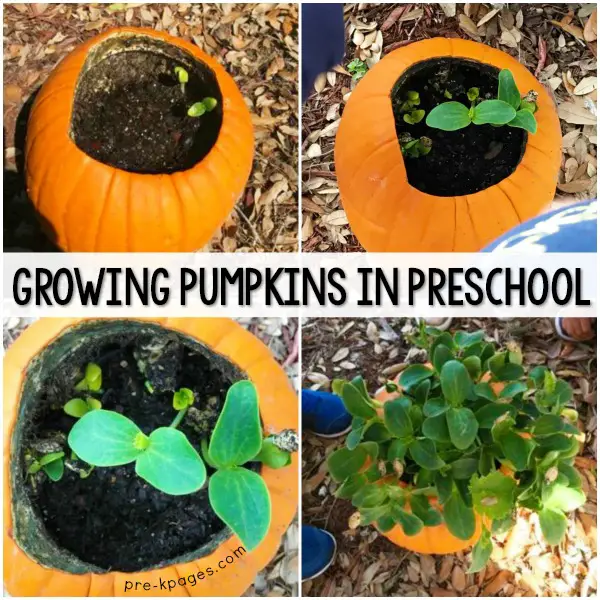
Do not throw away those jack-o-lanterns after Halloween. Repurpose them for this activity that will teach children how plants grow in this simple science lesson. A whole or uncarved pumpkin may also be used.
Scooping out the pumpkin flesh, filling it with soil, and putting in the seeds are sensory activities that children will find enjoyable. Use this activity to go with the book “Pumpkin Jack” by Will Hubbel.
This is a story about a boy named Tim who observed the changes to the jack-o-lantern when its purpose as decoration had ended.
Grab a whole pumpkin and use the carving knife to cut it open. Children may take out the flesh using their hands or tools. A spoon may be a good tool for this.
Allow children to explore the seeds and flesh. Place these in a container, reserving some seeds for the next step. If using a carved-out jack-o-lantern, disregard the scooping out of flesh and proceed to the next step.
Once the pumpkin is hollow, cut out holes on the bottom part for drainage. Next, have the children add the soil inside the cavity. Fill the pumpkin more than halfway and let children poke holes in the soil with their fingers, add the seeds and bury them.
Have children water the pumpkin regularly and let them observe the changes that will happen.
For this activity, you will need:
- Pumpkin
- Pumpkin carving tools
- Pumpkin scooper
- Watering can
- Soil
- Water
For more information on this activity, go to Pre-KPage.com.
Related: Pumpkin Books for Preschoolers
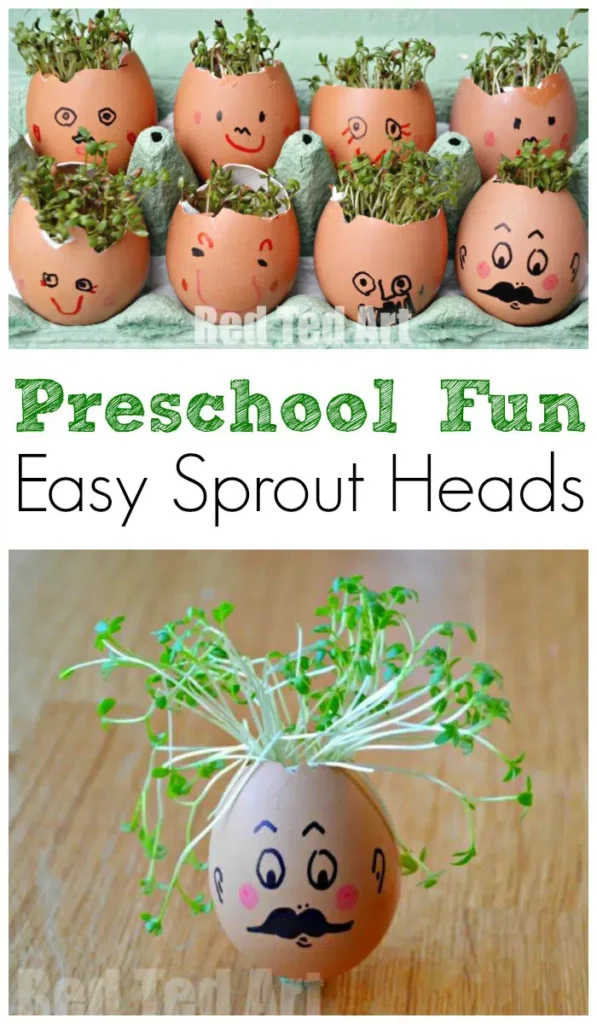
Egg shells are a good source of nutrition for a growing plant. The egg shells become the pot that houses the plant in this activity. Make these adorable egg heads by reusing egg shells bound for the trash.
This science activity can also be used to teach facial parts and emotions to young children. Change the illustrations of the mouth, eyebrows, and eyes to create expressive faces that will help children identify different feelings.
Start with cracking the eggs carefully. Crack the top part to keep the rest of the shell intact. Once the content is removed, clean the inside part of the eggs by placing them under running water until they are no longer slimy. Let these dry.
Let children draw the faces on their eggshells using markers. Demonstrate how to handle the shells gently to avoid breakage. Use pictures to show the different facial parts needed to make a face as a prompt. Once finished, let the children add two to three cotton balls inside the egg shells.
Put some seeds and some water inside the shell. Ensure that the eggshells are placed in a sunny area. To keep the shells stable and not wobbly, use egg carton trays. Let the children watch the changes that will happen every day.
For this activity, you will need:
- A packet of cress
- Eggshells
- Egg carton tray
- Cotton balls
- Water
For more information on this activity, go to RedTedArt.com.
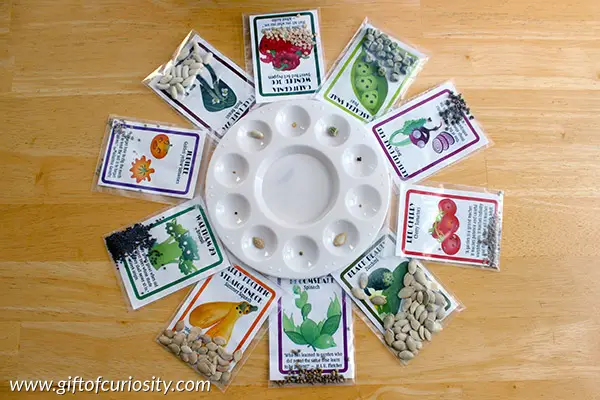
This sensory activity lets children explore how seeds differ in their physical characteristics. The site recommends using seed packets, but any seed available at home can be used, such as lentils, beans, and dried corn kernels.
Children may use all their five senses to learn how the seeds differ, discover their similarities, and observe their unique characteristics. Use this activity to go with the book “A Seed is Sleepy” by Dianna Hutts Aston.
The book showcases different types of seeds based on their unique features. This can help children understand why some seeds are designed a certain way.
Have the children open the packets of seeds. Let them note the characteristics such as colors, shape, and size. Place each of the seeds in each cup in the palette. Have a matching activity by giving children a seed and finding the matching pair.
For older children, sorting activities are more challenging. Place all the seeds in one container and provide smaller containers to sort and organize similar seeds together.
For this activity, you will need:
- Seed packets
- Palette
For more information on this activity, go to GiftOfCuriosity.com.
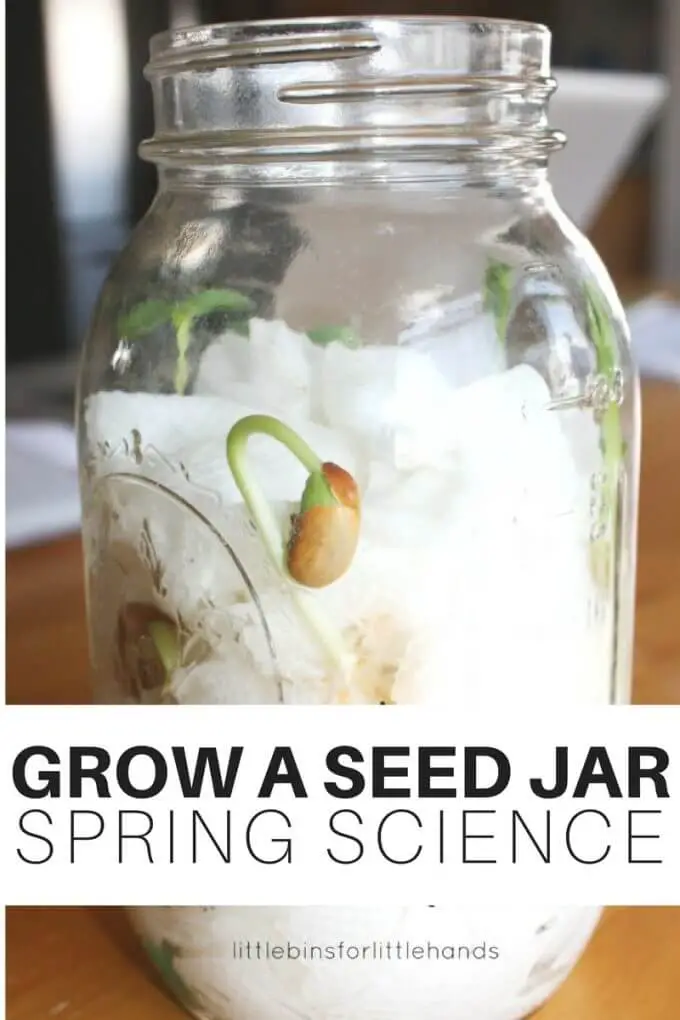
Seed germination is a natural process that children should experience and learn about. Children must understand how plants live and die through their life cycle.
Knowing this information will allow children to understand the science behind plant life. Use videos on seed germination before starting this experiment.
Show children the stages of the germination process in the video and let them find out the similarities in real life. The site suggests doing this activity during spring when plants begin to sprout and grow back after a long cold season.
Start with a clean jar. Let the children fill the jar with clean paper towels. These can be folded and placed stacked inside the jar.
Next, let the children pour some water on the paper towel. Control the amount of water, so the seeds do not drown. If available, it is best to use a spray bottle.
Next, put the seeds inside the jar. Position them so that they are placed between the jar and the paper towel. This will allow children to see the changes.
Allow children to observe and note the changes. Let them find the different parts of the plant once it starts to grow. The site also suggests using different seeds and comparing their germination process.
For this activity, you will need:
- Paper towels
- Clear jar
- Seeds
- Water
For more information on this activity, go to LittleBinsForLittleHands.com.
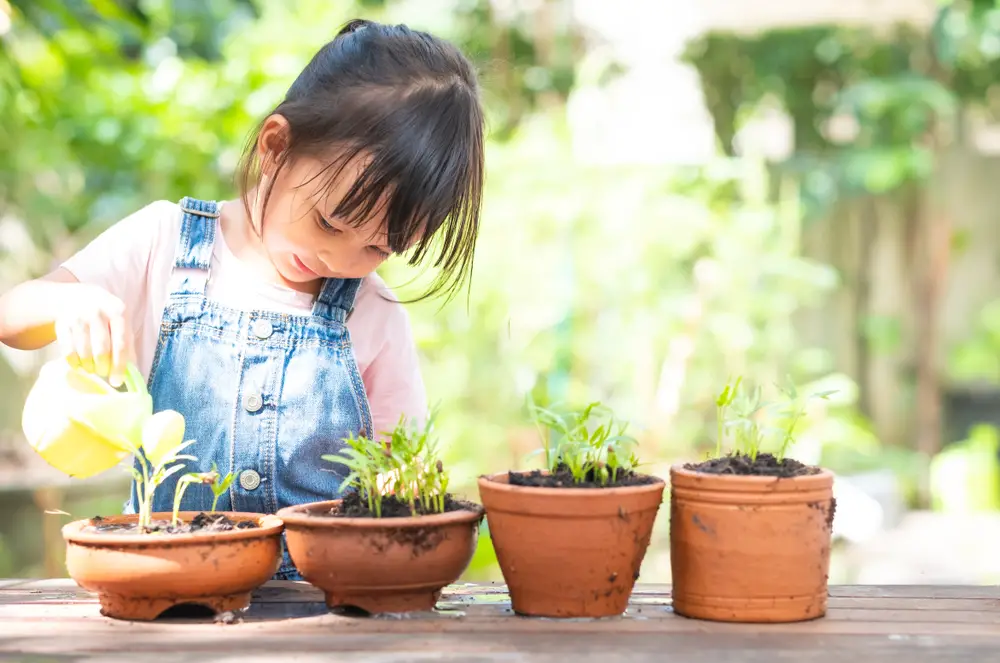
Composting provides many benefits that are sometimes overlooked. Teach children the value of composting as they participate in this activity. Allow children to learn how decaying matters buried under soil can be used to save our world.
This sensory activity that doubles as a Life Science lesson will help children learn about how plants thrive better in nutrient-rich soil and how composting will help reduce waste.
Choose a container for composting, preferably with a cover to prevent small animals from digging through it. This precaution is essential if this activity will be done where there is limited backyard space.
Choose the composting materials that will be used. Let the children place some soil in the container. Add some composting material and soil. Repeat this process until the container is full. Sprinkle some water to moisten the soil.
Cover the container and wait a few weeks to see what happens to the buried scraps.
Older children may conduct an experiment to see which biodegradable material decomposes faster. For example, compare a banana peel and dried leaves. Let children check the compost every few days to note the changes.
For this activity, you will need:
- Container
- Soil
- Composting materials
- Water
For more information on this activity, go to LighthouseWilis.com.
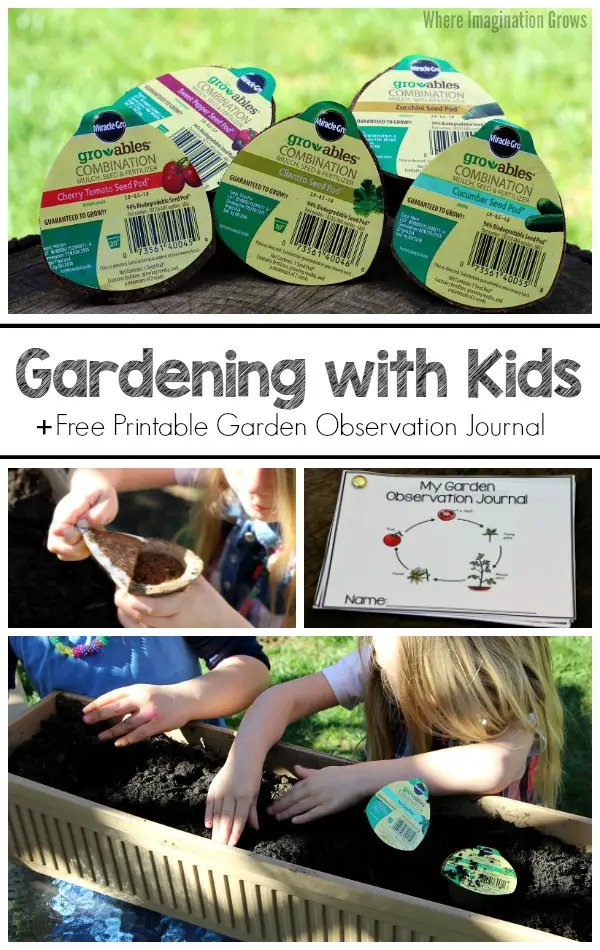
Use the free journal from the site to teach children to track down changes in their plants as they document them regularly. This journal is a perfect companion for a planting activity.
It will help children learn to observe and record changes. Both of these are scientific means of gathering data. Writing in the journal will also improve their writing and drawing skills while learning more about plant growth.
Download and print the journal from the site. Cut these out and use a hole puncher to make holes. Attach them using a brad fastener. Explain the journal’s purpose and what is expected of children to write.
Let children answer the first two pages that detail what they planted and the needs of the plants to grow. Next, have the children check their plants from time to time to record the changes and their growth.
Do this until the plant is fully grown or has developed fruits or vegetables.
For this activity, you will need:
- Printed plant journal
- Hole puncher
- Brad fastener
For more information on this activity, go to WhereImaginationGrows.com.
Conclusion
Use the activities on this list to grow children who will be life-long gardeners. Let them explore the joys of planting and growing their food. Sow the seeds of curiosity in their minds as they learn to appreciate the many benefits of gardening.
All children will have a meaningful journey as they find ways to make this world sustainable and a better place through gardening, and the activities above can help with that. Thank you for reading!


